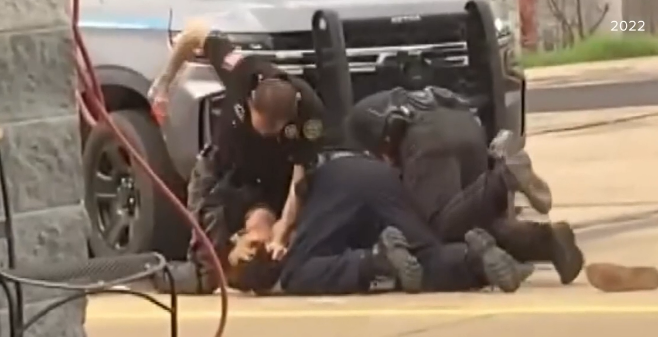Apire Erick wears a suit where everyone else is in rags.
The people of northern Uganda suffered the dual effect of the brutal LRA insurgency and forced displacement.
LAMWO-UGANDA: In July 2006, Peace Talks between the Lord’s Resistance Army/Movement (LRA/M) and the Government of Uganda started in the South Sudanese capital, Juba. This led to the August 26, 2006 signing of a ceasefire agreement where “the parties agreed to cease all hostile military and other actions or propaganda directed against each other”.
There were four other agreements signed by the two parties between November 1, 2006 and November 3, 2007, but although the parties failed to sign the Final Peace Agreement in April 2008, this did not prevent the people of Northern Uganda from returning home from forced displacement. The people of northern Uganda suffered dual effects of the brutal LRA insurgency and forced displacement.
These Agreements, if they hadbeen implemented would have helped to build lasting peace and reconstruct the north.Although government designed programs like Peace, Recovery and Development Plan (PRDP), Northern Uganda Social Action Fund (NUSAF), National Agricultural Advisory Services (NAADS) and Re-stocking, poverty still persists-ten years after the guns fell silent in the north.
According to Oxfam, The London School of Hygiene and Tropical Medicine and Gulu University did a study of the Internally Displaced Persons (IDP) in northern Uganda and found that they have the highest level of post traumatic stress ever recorded among displaced persons in the world.
Apire Erick’s experience with resettlement
Fifty-one year old Apire Erick was the only one wearing a suit at this funeral rites prayer fellowship at Anaka East village, Palabek Gem sub-county in Lamwo district in Northern Uganda. Everybody else had either dirty casual wear or T-shirts, but the black suit and a bluish, stripped shirt of Erick,was well ironed and seems to have been pulled out of a suitcase. I knew that he must have returned home from the camps and settled while the rest were still languishing in camps waiting for handout from relief agencies and the much promised government re-settlement package. I decided to take his picture and held a one-on-one interview with Erick.
When Erick realized that I was about to take his photo, he picks his walking stick and put it on his right shoulder. He looked straight into the phone camera as the camera went click, click. He was clean shaven, but had tyre sandals instead of closed shoes.
Erick is just one of the few locals whose homes I visited who seems to be fairly well-off because since the Lord’s Resistance Army (LRA) guns fell silent ten years ago. He and his family returned home in 2009, he has managed to raise enough money to buy a pair of oxen (one of which he named OBAMA) and an ox-plough. He is the only one who owns the precious animals called oxen in his village although he still lives in grass-thatched huts.
“How did you manage to by your oxen and the ox-plough in such a short period of time? Did you benefit from government program of re-stocking?” I asked him.
Erick says he planned his return home immediately the guns fell silent in northern Uganda by stealthily coming home from the camp and managed to open an acre of land where he planted cassava.
“Shuttling between the camp, which was six miles away and the return site was a big challenge, especially during rainy seasons. I began by constructing a small tent like structure made from small reeds and grass as shelter and planting an acre of cassava to drive away hunger and sale. We were surviving on wild fruits like shea-nuts. I wanted to save money to buy a pair of oxen and an ox-plough and as a result, my family had to forego a number of things which were not priority. It is now four years since I bought the pair of oxen.
Hunger in the village still persists ten years after the LRA war.
I had travelled to the village on Tuesday, April 19, 2016 for the funeral of my paternal aunt, Marcelina, which would be held the following day. I thought I could also use the occasion file a story from Lamwo on how the locals are coping with the return to their villages from Concentration camps, baptized as Internally Displaced Person’s (IDP) camp.
I arrived home at about 7.30 PM (16.30 GMT) after supper was already served and there was no left over. My host instructed her fifteen-year old grand-daughter to prepare me something fast to eat. Since I did not take lunch and was feeling very hungry, I sat and waited patiently for my supper.
What came out as supper could not be qualified for food to a town fork like me. It (supper) was composed of dried green vegetable mixed in simsim paste without soup and sorghum bread which had no cassava mixture. I managed a few bites of the chocking food before giving up altogether on the supper but decided to take a lot of water to fill my stomach. There was no breakfast or lunch the following day as the family eats only once a day-in the evening, before sunset. You can’t imagine how hungry I was feeling the following day when I had my first good meal from the funeral place.












